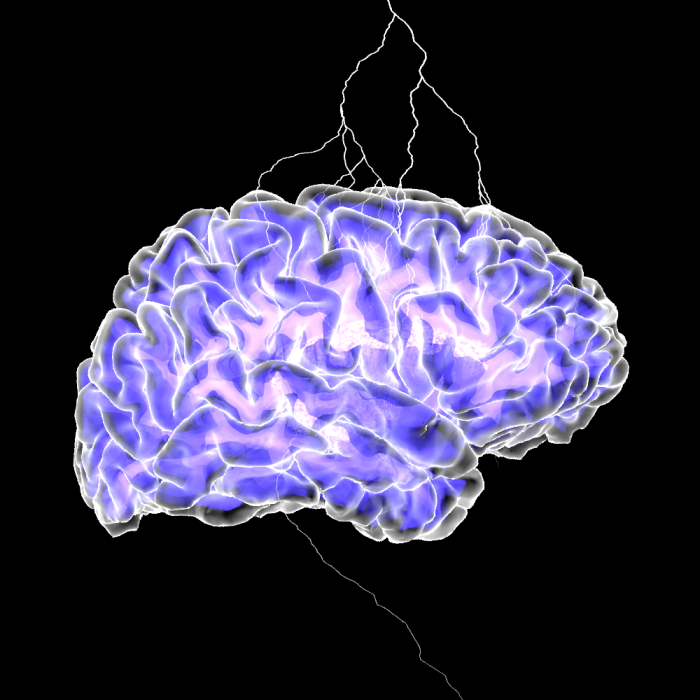Direct electrical stimulation, particularly single pulse electrical stimulation (SPES), has been proposed as a tool to understand connectivity in the brain yet there are debates on whether it represents functional, effective, and structural connectivity. Working with patients with epilepsy (N=11) who were undergoing intracranial recordings as a part of their clinical care for identifying seizure onset zones, in a study lead by Dr. Britni Crocker measured stimulation-induced connectivity and compared it with resting state structural, functional, and effective connectivity. We found that direct electrical stimulation networks can reflect both structural and functional types of connectivity in the human brain. Measuring these different types of connectivity can have entirely different implications for interpretation of brain function as well as understanding connectivity relative to clinical diagnoses. Article in the journal NeuroImage

